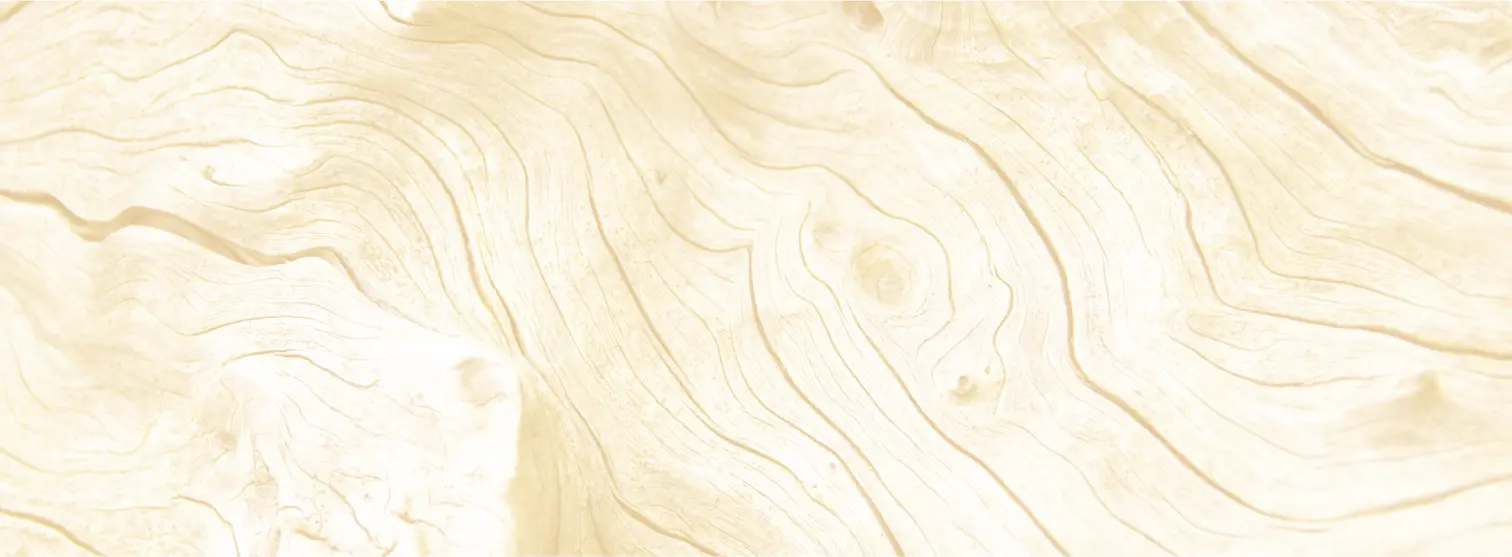
Hawaii Forest Blog
Once the predominant tree in the natural forests of Halawa, at home in the islands long before Hawaiian settlers arrived, strong ohia with its graceful blossoms named lehua has been a source of inspiration for ancient legends and poetry. The Hawaiians noted that this botanical species had a remarkable capability to adapt to its environment. In one ...
Native to the tropical and subtropical regions of the Americas, the genus Psidium or guava belongs to the vast eucalyptus family, and comprises at least 100 species. Bishop Museum’s A Tropical Garden Flora (2005) lists six species for Hawai‘i in its index. That’s plenty, though. Pretty plants with smooth, copper-colored bark, evergreen leaves...
Related to gardenia, coffee (coffee arabica) shows it intrinsic beauty especially when in bloom with sweet and fragrant white flowers, or when its branches bow under the weight of vermilion cherry clusters. Coffee plants first came to the islands in 1813, when the Spaniard Don Francisco de Paula Marin introduced them as ornamentals to the ...
Shimmery leaves, silvery-pale green foliage dancing in the wind. Or else you catch a glimpse as you zip through the Halawa forest canopy, a peaceful play of light like a song. These are the ways that Hawaii’s beloved kukui tree reveals itself. A member of the spurge family, kukui became the State Tree of Hawaii in 1959, embodying in its varied us...
Native to the Moluccas, New Guinea, and the Solomon Islands, this whitish-barked tree with fern-like foliage was introduced to Hawaii by botanist J. F. Rock in 1917. Fast growing, reaching heights of over 100 feet and aesthetically distinctive,...
A forested, stream-rich land on the northern tip of the Big Island of Hawaii shelters in its sun-dappled canopy an unexpected zip line adventure. In this area known since ancient times as Halawa, elevated platforms are built directly into majestic trees to form a jungle-like course. For a few hours, your home base is high up in magnificent trees. Y...


